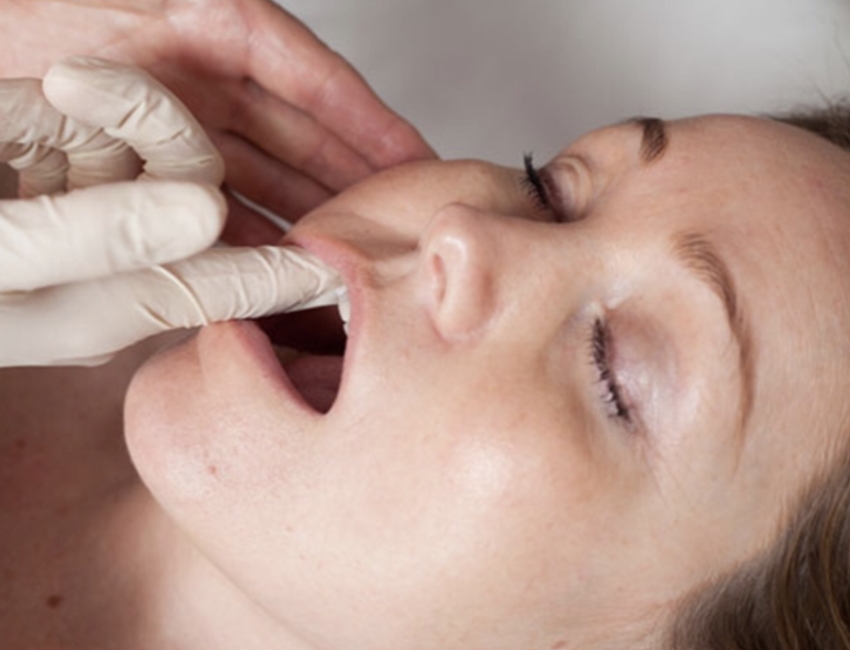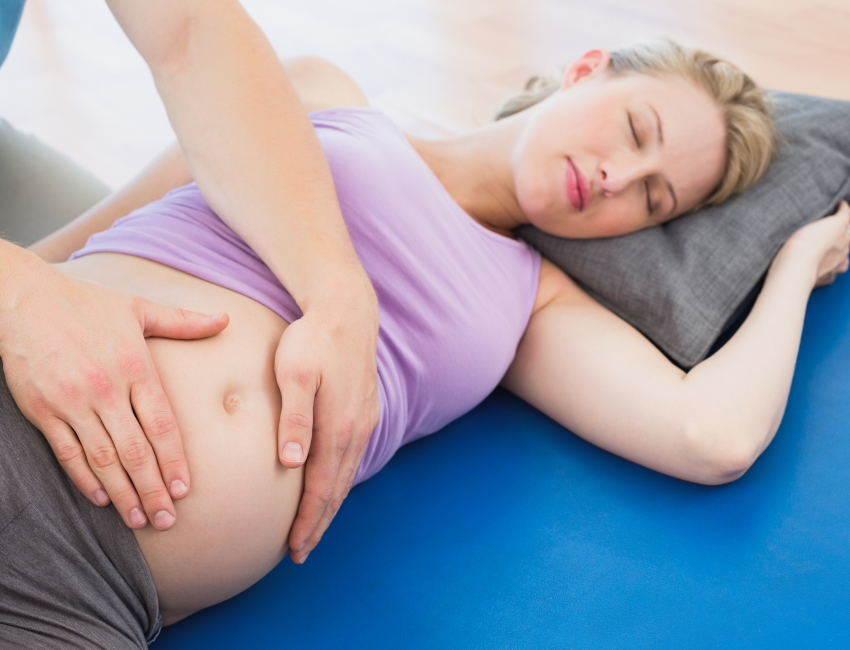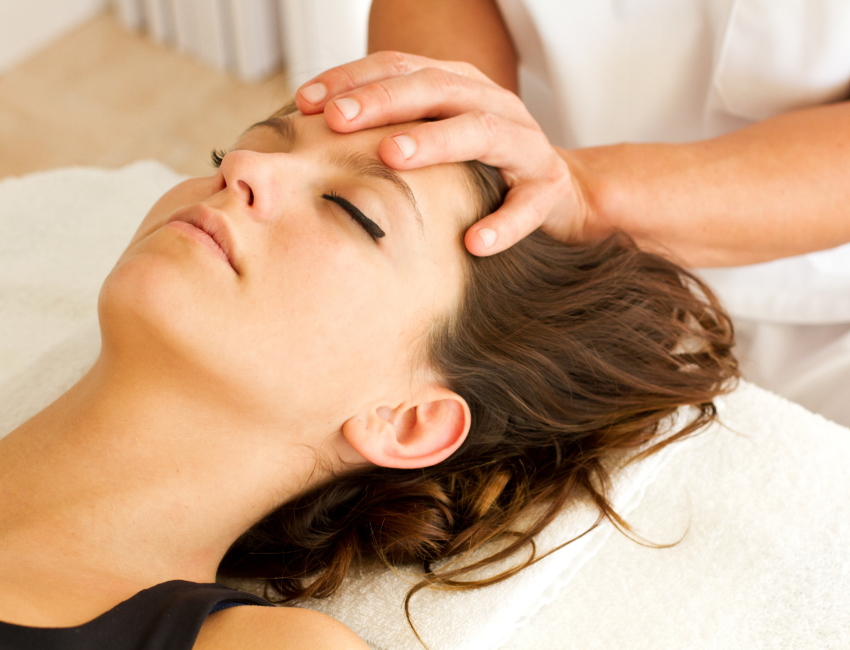Our Services
Osteopathy takes a holistic, whole body approach to healthcare.

Spinal Care
Osteopathy is most commonly known for spinal rehabilitation. The assessment focuses on the patients’ spinal structural alignment and further assesses the resultant function. Through a series of gentle articular and soft tissue techniques, treatment is aimed at normalizing joint range or motion and soft tissue restriction. These treatments are highly beneficial to patients experiencing pain in the lower back, sacroiliac joint, mid back/ shoulder blade and neck. Disc bulging, herniations, desiccation, degeneration, sciatic and scoliosis are commonly treatment ailments.
Lymphatic Drainage
The lymphatic system plays a vital role in maintaining immune function and fluid balance throughout the body. It works to remove toxins, waste, and other unwanted substances from the tissues, contributing to overall health and well-being. However, factors such as surgery, injury, or chronic illness can disrupt lymphatic flow, resulting in fluid retention, swelling (edema), and a compromised immune response.
Osteopathy provides a gentle and effective solution to support lymphatic drainage. Through precise manual techniques, osteopaths stimulate lymph flow, helping to alleviate swelling, clear toxins, and restore equilibrium in the body. By enhancing lymphatic function, osteopathic treatments propagate the recovery process post surgery while promoting the body’s natural ability to detoxify and heal.

TMJ Dysfunction
To find a manual therapist with a niche specialty like treating TMJ pain is few and far in between. Osteopathic manual therapists are trained extensively on assessing and mobilizing such an intricate joint capable of causing an array of symptoms. If you have the following symptoms it can very easily be connected to a TMJ dysfunction; clicking, grinding, popping of the jaw. Neck pain, migraines, headaches, chronic sinus congestion, tinnitus and vertigo.


Pre Natal Care
Pregnancy brings dramatic musculoskeletal changes that alter normal biomechanics, accompanied by ligamentous strain, increased muscle tension, and decreased range of motion, causing pain. Osteopathic manual treatment treats body dysfunctions with a variety of techniques, thereby increasing range of motion, improving tissue texture, and decreasing pain. Osteopathic manipulative treatment is defined as “the therapeutic application of manually guided forces by an osteopathic physician to improve physiologic function and/or support homeostasis that has been altered by body dysfunction” (Hensel et al. 2015).
Pregnancy and new motherhood brings about significant physical, emotional, psychological and social changes, and it’s important that women are supported during this time of transition. Osteopathic Manual Therapist are incredibly passionate about providing osteopathic and complementary holistic care during pregnancy and early motherhood to ensure both mother and baby remain physically and emotionally healthy.
Most common reasons pregnant women seek Osteopathic treatment, but not limited to:
* Lower back pain – Low back pain is encountered in an estimated 70% of pregnant patients but challenges persist in identifying safe, effective treatment options. For example, most pain medications are not recommended during pregnancy, leaving few options for pain control (Hensel et. al., 2015). Osteopathic treatment is a body-based treatment that offers a conservative option for relieving pregnancy related low back pain while increasing back-related function.
* Pelvic pain (Sacroiliac joint and/or pubic symphysis)
*Groin pain
* Hip pain
* Maintenance of postural balance
* Sciatic pain
* Middle, upper back, and neck pain
* Rib cage pain
* Headache and/or face pain
* Carpal tunnel: tingling in the hands
* Swollen ankles and wrists
Post Natal Care
Pregnancy and its accompanying physical, mental and emotional changes require significant adjustment for most women. The adjustment can be even greater postnatally as you have a new baby to care for with interrupted sleep while your body undergoes great readjustment, over months and years it slowly goes back to ‘normal’. Depending on your pregnancy, labour, and postnatal condition women may experience a wide range of issues.
In the first 1 to 2 days after childbirth, many women experience muscle fatigue and aches, particularly of the shoulders, neck, and arms, because of exertion during labour. The levels of the hormone relaxin gradually subside, and ligaments and cartilage of the pelvis begin to return to their pre-pregnancy positions. These changes may cause hip and joint pain that often interferes with ambulation and exercise. Even weeks after your baby’s delivery, you may be experiencing residual physical stresses left over from labour such as lower, mid, or upper back pain, along with menstruation issues, incontinence, or constipation. Abdominal wall weakness, abdominal separation, and pelvic floor weakness are common.
Osteopathy in the first few weeks and months post birth may help provide comfort and relaxation by decreasing muscular tension and improving postural balance. Osteopathic treatment aims to reduce any pain or discomfort after childbirth, helping to restore and maintain healthy pelvic alignment after labour. This in turn supports a healthy posture and increased mobility so that you can relax and enjoy your new baby. Prescription of gentle stretches and postural advice further assists mothers physically recover and remain functional outside of the osteopathic clinic, so they are free to care for their new arrival.


Joints and Musculature
In addition, an osteopath will work to optimize the function of related areas of the body, to ensure that movement and loading is distributed as evenly as possible.
Common injuries treated:
* Rotator cuff tears
* Tennis and golfer’s elbow
* Carpel tunnel
* Labral tears in the hip and the shoulder
* Bursitis
* Arthritis
* Tendonitis
* Ligament sprains of the knee
* Ligament sprains of the ankle
* Lymphatic drainage of peripheral joints.
* Muscle spasms
* Soft tissues strains
… to name a few

Cranial Sacral Therapy
Cranial Sacral Therapy is a gentle, hands-on approach that releases tensions deep in the body to relieve pain and dysfunction and improve whole-body health and performance. It was pioneered and developed by Osteopathic Physician John E. Upledger after years of clinical testing and research at Michigan State University. Using a soft touch, practitioners release restrictions in the soft tissues that surround the central nervous system. It is highly beneficial to patients with fibromyalgia, irritable bowel syndrome, migraines and headaches, trauma recovery, anxiety and depression.
